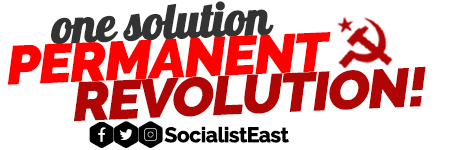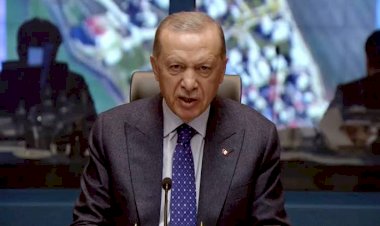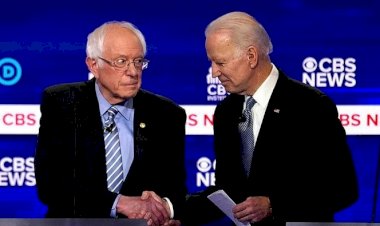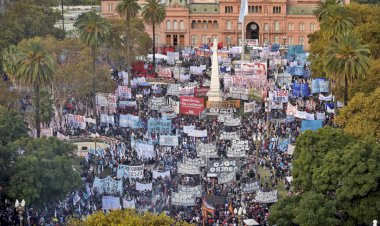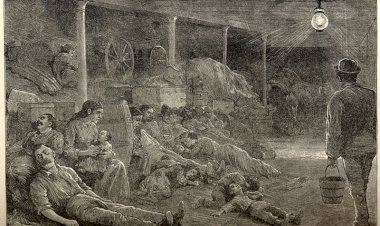Biden's New Deal: Head for a Neo-Keynesian Period?
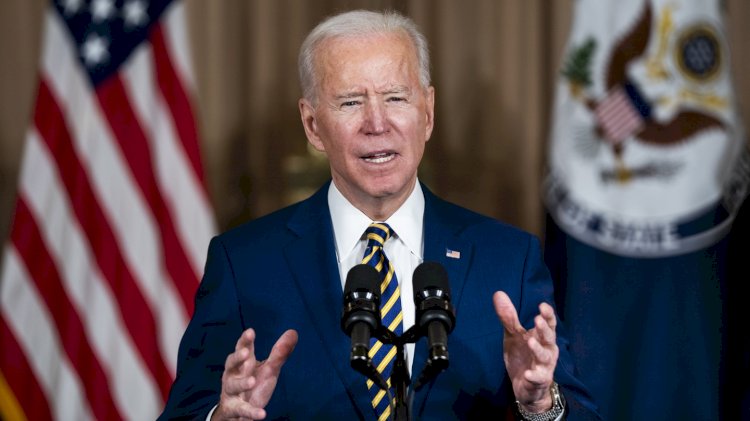
Biden took action to pass the largest federal spending through the Senate since World War II. The prior part (1.25 trillion) of the $6 trillion budget plan, which includes investments in areas such as infrastructure, education, and health, will be approved in July with the partnership of Democrats and Republicans. While evaluating the budget agreement, Biden emphasized that the agreement will make Americans get well-paid jobs. Does it not remind us of the New Deal, an early application of the Keynesian model, which came to life in the US after the 1929 crisis?
Keynes argued that public intervention was necessary in case of economic shrinkage. Public intervention will occur as public spending increases and the Central Bank expands the money supply; thus, employment would be created, domestic demand would be revived and the economy would be on the way.
After the devastating outbreak of the pandemic in the US in 2020, the Fed has already pushed the limits of the money supply. Biden administration insists on buying bonds/securities and monetary expansion based on cheap credit, despite the signs of increasing inflation. Added to this was the increase in public expenditures with a huge infrastructure budget, thus creating employment and domestic demand.
Despite the trillions of almost free money poured into the capital after the 2009 crisis, despite the earnings of the financial capital that traveled around the world with this money and earned delightful interest rates, the US economy cannot reach the desired recovery. Is the remedy Biden and his new economic orientation? Let's see.
Is There a Hope in Keynes for Capitalism?
The Keynesian model was applied worldwide originally between World War II and the outbreak of the great crisis in the 1970s. With one of the biggest crises of capitalism, which went down in history as the 1974 Oil Crisis, the last nails were hammered into the coffin of the Keynesian model. One of the biggest accusations against Keynesianism was that high public expenditures and the expansion of the money supply by central banks had an inflationary effect and thus dragged the economy into crisis. Today, the focus of criticism on Biden's Neo-Keynesian model is the claim that this economic policy will create a new inflation wave. After the pandemic, the biggest money supply in US history has already taken place and there are signs of inflation. Will this monetary policy, which has been maintained for years, be blocked due to future inflation?
After 2009, in order to overcome the profitability crisis of the bosses, the policy of buying cheap loans and bad bonds was applied intensively to feed them from the world's high-interest markets. Let's go back even further. Since 2001, the Fed has been busy giving very cheap loans to capital. Throughout the aforementioned period, this hot money constantly flowed to the markets of late capitalist countries, which are known as emerging markets, and collected high interest rates. The US financial bourgeoisie, who enjoyed the dollar as the international reserve currency, both earned delightful interests and there was no inflationary effect created by the abundance of money since the money did not remain in the country. But now the balances have changed. Emerging markets; especially with the pandemic, had turned into collapsing markets. Aside from market imbalances in these countries, real interest yields have also fallen. Therefore, hot money will stay in the US much longer today. That can be seen in the stock or “coin” madness. Therefore, the risk of inflation in the medium term is stronger than after 2009. But the crux of the matter is not actually inflation.
There is neither the demand growth of the Keynesian model behind the golden years of post-World War II capitalism nor the inflationary effect of Keynesianism as a reason for the crisis of the 1970s. In other words, there is no miracle created by Keynesianism so that a new one can be created.
The 1929 Depression was one of the profitability crises of capital. The way out of it was the rebuilding of Europe after the great destruction caused by the Second World War, Japan's offering wide opportunities to the capital, the dynamics of the armament economy required by the USSR and the Cold War period, and the developments that allowed the capital to recover its falling profit rates. When these opportunities were blocked again in the 1970s, a new profitability crisis for capital showed itself with different signs.

The nature of the 2009 crisis is not different from 1929 or 1974. Capitalist crises mean that the downward trend in profit rates has reached an unsustainable point. When the profits start to decrease in proportion to the investments and the capital they spend, capitalists first withdraw from production and seek to collect profits in pursuit of speculation. Look at the pre-2009 mortgage market, or after 2009, to those chasing high financial gains. This method also gets stuck in one point and a total collapse begins with a domino effect in the economy. Whatever economic model is applied, as long as the profitability crisis is not resolved, capitalists will continue to flee from the production processes, and the capitalist economy, which is based on commodity production as a whole profit mechanism, will continue to be blocked.
However, even if the scale of the crisis varies according to the size of the crisis, destruction becomes the real solution to the capitalist crisis. Because destruction requires rebuilding. Rebuilding means high profitability.
Although the Keynesian model is not an economic solution to the crisis of capitalism with an increase in demand, it can open new channels for the destruction needed, by realizing different dynamics. Namely… While Keynesianism encourages an increase in demand, it aims to meet this demand within the country. It has economic nationalism and protectionism at its core. Economic nationalism and protectionism mean international tension; especially in the neoliberal era when global trade is at its peak. Biden has already put the fight with China on agenda; keeping tensions with Russia in reserve. Rising tensions may not extend into a world war, but proxy wars and regional conflicts will not be surprising at all. However, that destruction will not be enough to restore the world economy.
